A Dress Code Controversy, Again
( Early morning for Rangeview students, ready to learn no matter what they have on. September 15th, 2021) Photo Credits – Mikayla Turner
September 16, 2021
Just as autumn brings the turning of the leaves, dress code brings conflict to Rangeview High School each year. RHS seniors can still remember the ripped jeans debacle enforced by the previous administration, but following the pandemic, students still remain frustrated.
Students argue their dress is a way to express themselves and school dress codes have restricted it since the dawn of time, while teachers, particularly older ones, fret over bare midriffs.
However, as America reckons with its history and laws, reexamining its views of cultures and gender could be key in creating a more equitable learning environment pertaining to dress code.
Rangeview is attempting to hear student voices around this.
The First Amendment “guarantees” citizens in the US the freedom of expression, which begins the messy tying together of dress code and the Amendment. While everyone has the right to say, worship, protest, etc those rights only exist to a certain extent in schools. Dress codes still allow students to express themselves, but only to an extent.
“A rise in more prurient clothing in the 1980s and 1990s, school systems in the 1990s began to introduce dress codes” allowing schools to have uniforms or students were only allowed to wear certain items because of profanity and gang offication according to The First Amendment Encyclopedia,
“No one likes to talk about dress code, but there should be a standard of how we all look, and not view school as really a place to display all your fashion gymnastics but instead focus on academics,” said Delisha Boyd, RHS dean of students.
That’s why some schools like Rangeview, use the oft-quoted phrase called the “three b’s”: “No boobs, No butt, No belly” when discussing the school dress code. Students also can’t wear any head covering, like do-rags, or hats or anything similar to that due to gang officiation.
APS states that the district enforces these rules because it “helps students concentrate on schoolwork, reduces discipline problems, improves school order and safety, and encourages school pride and unity.” APS believes it improves discipline problems and improves safety, but some students differ, feeling uncomfortable and even “ashamed” to wear the things they like to wear.
“I think the dress code impacts students negatively because they have fewer ways to express themselves. The dress code does not enforce safety; showing your back is not dangerous or a distraction,” said RHS Junior Jada Brown.
Others believe the dress code can be beneficial to students, if used the right way.
“I think [the] dress code is reasonable. I mean we are in a public formal setting. I think students are trying to learn it shouldn’t matter what clothes they put on for the day,” said Faith Pless, another RHS senior.
Boyd explains that while the school doesn’t want to have to enforce dress codes, “[students] have to be a little more professional.”
The majority of students and staff don’t believe in showing up at school in party clothes, but students, particularly young women, consistently say they want to be comfortable in what they wear without getting judged or called out for it.
“I don’t think it’s reasonable for the dress code to be so heavily targeted at women in the school, like I get the whole no boobs and no butt, but what’s wrong with shoulders or stomachs? I also think it just limits people’s creativity with how they dress.” said Avaris Gaskins, a senior at Rangeview.
Many agree that the school does need a dress code at school to protect students from being harmed by fellow students or even staff, but believe it should be a little more flexible with shoulders, backs, and bellies a draconian reason to dress code a student.
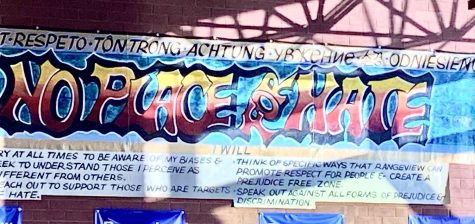
Photo Credits – Mikayla Turner
“When students get dress-coded, I think it hinders some of them and makes them feel insecure. I don’t like the hypersexualization of students, I don’t feel that they should be looked at in that way,” said Mr. Laguana, an award-winning choir teacher at Rangeview. “But I do know that [in any professional sense] you have to dress appropriately. I’d like to say that our school is a safe place to be in, but I also know that there are unsafe people, or unsafe students that can make it difficult for people to learn.”
Female students can get a dress code for wearing a tank top, tube top or a crop top, or even wearing shorts or leggings. The dress code appears to target female students, which many students believe isn’t really fair because they cannot control how their bodies look, or how they are shaped.
“I have never been dress coded and this is because guys like me don’t get dress coded unless you wear offensive clothes or inappropriate clothing. That’s why the dress code was mostly meant for females which is very sexist,” said senior Luis Moran.
Local school districts have begun to change policies including Boulder Valley schools which created a new policy stating, “all students have the right to an equitable education and should be able to dress, and style their hair, for school in a manner that expresses their individuality without fear of unnecessary discipline or body shaming.”
Individual Boulder schools now may not enforce their own dress codes and must abide by the district’s set rules. Gone are their days of measuring skirt lengths, banning belly buttons, or fretting over bra straps in Boulder.
The National Education Association (NEA) has been concerned with examples of schools going too far with dress codes and now actively support revamped and equitable rules. The NEA stated that a principal can change the dress code “by creating a gender-neutral dress code,” and that “Instead of saying no low cut shirts or cleavage, the dress code says all private parts must be covered at all times.”
Instead of focusing on female-specific policies, schools have begun to teach all the students and staff to support body positivity instead of shaming and calling out students as other ways to improve the dress code.
That appears to be a perfect example of how RHS’s dress code could exist; particularly not just aimed at one specific gender. In August, a federal appeals court ruled that schools are violating Title IX with gender-based requirements.
“The concept is very female based when we talk about No boobs, No butt, No belly, we’re really talking about the ladies and what are we doing to address the men in this world? Why aren’t there students committed to talking about what’s appropriate?” said Laguana.
“I would love to make it gender fluid. There was a time where the style of dress made it more heavily aimed at boys and now the style of dress we have to talk to the girls,” said Boyd.
Overall it’s clear there should be a better way we go about dress code which includes some sort of professionalism, but at the same time honoring a new era emphasizing body positivity and ways for students to not feel insecure about themselves or worry about how people are looking at them.
“We could start a commitment to address what is violating dress code and what’s not. Make it fairer for everyone, not just focusing on female bodies,” said Laguana. “The school wants to have conversations with students for not wearing certain things when we should have conversations about body positivity and leave some room for students to wear what they want.”
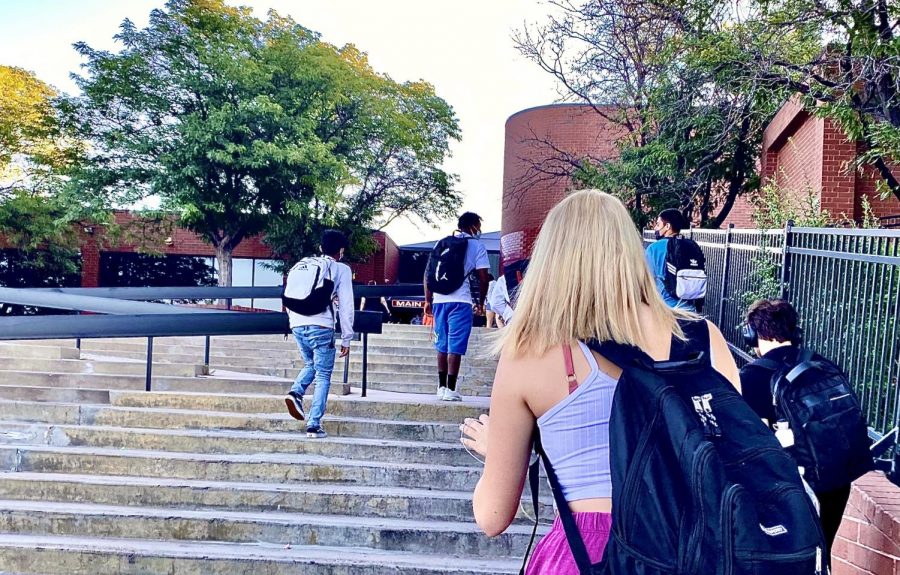



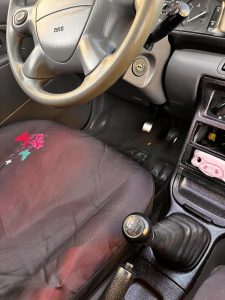

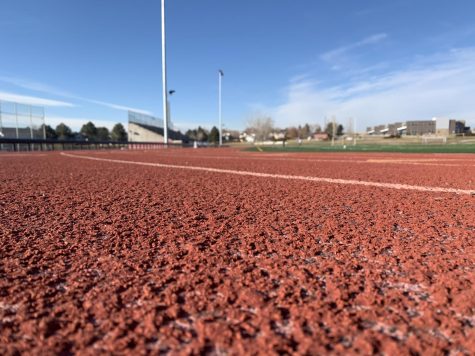
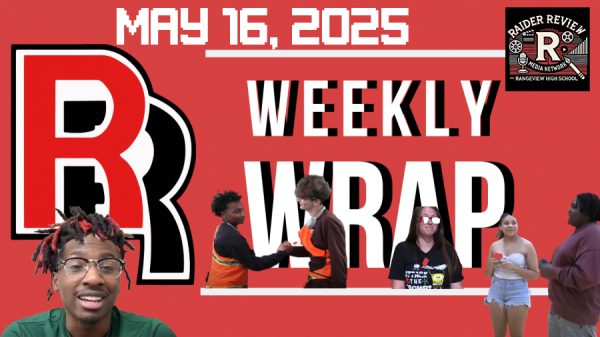
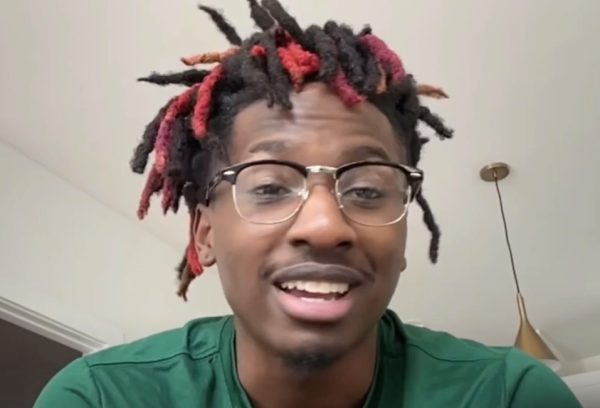
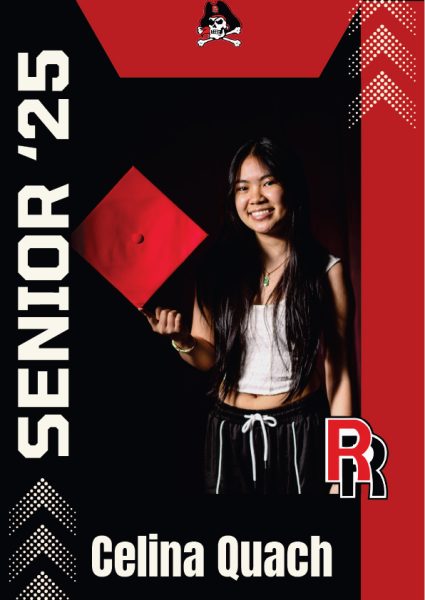
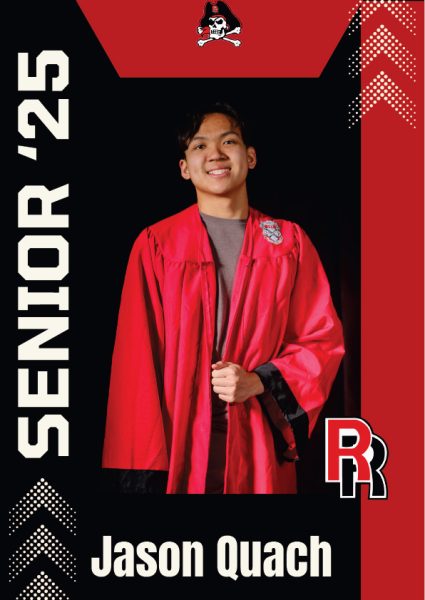

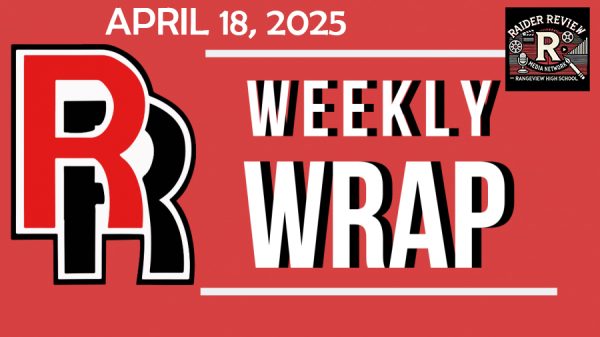
Gravy • Mar 17, 2025 at 1:20 PM
😀 WOW! That’s amazing! Slaaaaaaaaaaaaaaaaay
Mr. R. Sobolewski • Sep 16, 2021 at 8:58 AM
A very well written and detailed article. Ms.Turner, you carefully and thoughtfully addressed views, opinions, and information related to individual rights, and to a large public school’s need to maintain an atmosphere that promotes learning and cooperation from the administration, faculty, and student population.
Most humans of all ages, occupations, and situations, from time to time, will become distracted.
In the classroom or laboratory, if we limit distractions, more learning WILL be in evidence.
I know that your teacher will continue to help bring the best writing out of you.
Again I compliment you and your writing…
Mr. R. Sobolewski